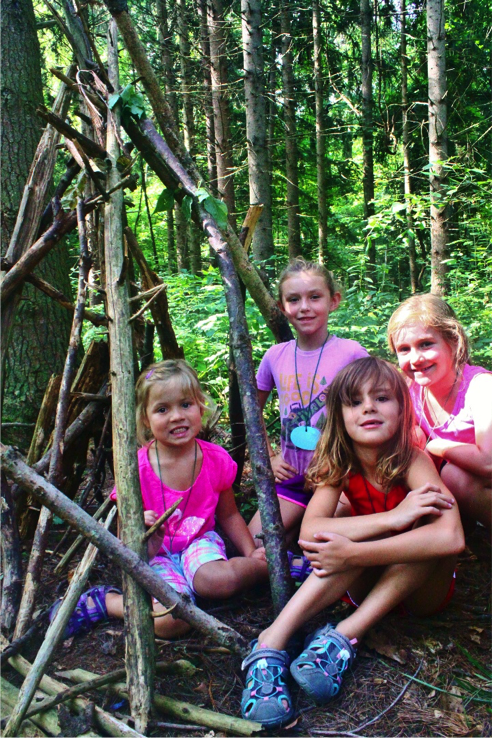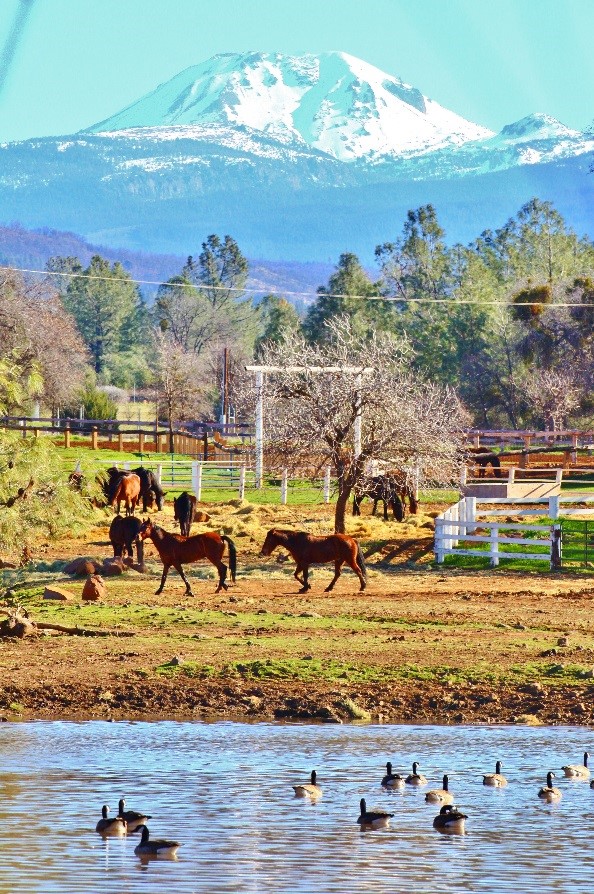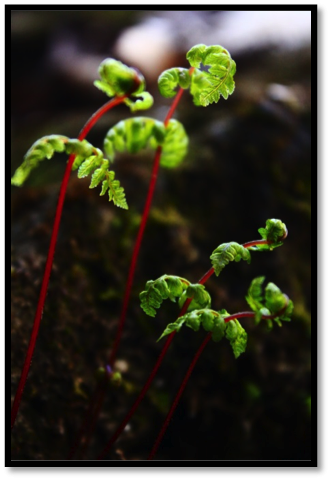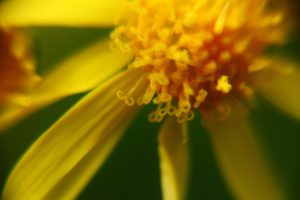Wetland Warriors: Pierson ’17 at Aullwood Audubon Center and Farm in Dayton, Ohio
Dec 14, 2016 Aullwood Audubon Center and Farm is nature sanctuary, educational facility, and sustainable farm which is located just north of Dayton, Ohio near the Dayton International Airport. Aullwood’s mission, as stated on their website, reads “Aullwood Audubon Center and Farm, an Audubon Center for environmental education and sustainable agriculture, provides activities thatincrease understanding and preservation of the planet by children and adults through education, research and recreation.” Furthermore, as part of the National Audubon Society, Aullwood works to preserve and steward natural habitats so as to promote biodiversity, particularly focusing on birds. Read more about the mission and efforts of the National Audubon society here.
Aullwood Audubon Center and Farm is nature sanctuary, educational facility, and sustainable farm which is located just north of Dayton, Ohio near the Dayton International Airport. Aullwood’s mission, as stated on their website, reads “Aullwood Audubon Center and Farm, an Audubon Center for environmental education and sustainable agriculture, provides activities thatincrease understanding and preservation of the planet by children and adults through education, research and recreation.” Furthermore, as part of the National Audubon Society, Aullwood works to preserve and steward natural habitats so as to promote biodiversity, particularly focusing on birds. Read more about the mission and efforts of the National Audubon society here.
Aullwood offers many educational opportunities for both children and adults, including (but in no way limited to) the Aullwood Adventures Preschool which is part of the Miami Valley Head Start program for children and families experiencing economic hardship, summer and winter Earth Adventures classes for children in preschool to seventh grade, field trip programs for students of all ages, Center for Lifelong Learning classes for adults, the Winter Speaker Series, and a wide variety of events such as guided hikes, community festivals, and workshops. Find out about upcoming events at Aullwood.
 For my fourth and final Co-op I am employed as an Education Intern here at Aullwood. The first month of my Co-op was primarily spent planning and teaching Summer Earth Adventures classes. During this time I assisted with an Earth Arts class for 2nd and 3rd graders, and taught an Animal Friends class for 4 and 5 year olds, a Nature Memory books class for 1st graders, and a Wetland Warriors class for students in 5th through 7th grade. My other responsibilities include helping out with chores at the Aullwood Farm and caring for the education and rehabilitation animals which live at the nature center, some of my favorites being a 6 foot long Black Rat Snake, a number of aquatic turtles, a crayfish, and a hive of honeybees. I have also taken on a variety of individual projects, the most ambitious of which being a sculptural installation piece inspired by bioluminescent fungi, which will be displayed at Aullwood’s GLOW: Nature at Night community event at the end of October.
For my fourth and final Co-op I am employed as an Education Intern here at Aullwood. The first month of my Co-op was primarily spent planning and teaching Summer Earth Adventures classes. During this time I assisted with an Earth Arts class for 2nd and 3rd graders, and taught an Animal Friends class for 4 and 5 year olds, a Nature Memory books class for 1st graders, and a Wetland Warriors class for students in 5th through 7th grade. My other responsibilities include helping out with chores at the Aullwood Farm and caring for the education and rehabilitation animals which live at the nature center, some of my favorites being a 6 foot long Black Rat Snake, a number of aquatic turtles, a crayfish, and a hive of honeybees. I have also taken on a variety of individual projects, the most ambitious of which being a sculptural installation piece inspired by bioluminescent fungi, which will be displayed at Aullwood’s GLOW: Nature at Night community event at the end of October.
I am pursuing a self-design degree at Antioch, which is entitled Communicating the Natural World. This degree program combines Environmental Sciences with Media Arts, focusing on using media arts as a tool with which to educate the public on environmental issues. This Co-op has fit seamlessly with my educational goals, allowing me to explore how to effectively engage children of various age groups in learning and caring about nature, an important step in building an environmentally conscious public.
Communicating the Natural World: Pierson ’17 at Wild Horse Sanctuary in Shingletown, California
Feb 23, 2016 For my second co-op experience, I am working at the Wild Horse Sanctuary in northern California, which sits at the feet of the grand Mount Lassen, the last volcano to erupt in the lower forty eight before Mount St. Helens. The Wild Horse Sanctuary is a non-profit organization that protects almost three hundred wild horses and allows them to live out their lives freely and naturally on its five thousand acres of land. The wild horses living at the Sanctuary come from all over the western United States. Having been rounded up off of public lands by the Bureau of Land Management and deemed un-adoptable, they then would have either been put down or spent the rest of their lives in cramped and otherwise poor conditions in BLM “holding pens”, had they not been rescued by the Sanctuary. The Sanctuary began taking in wild horses in 1978, but has since reached capacity in land and resources. National publicity raised by the Sanctuary eventually contributed to a national moratorium on killing un-adoptable wild horses, and other sanctuaries for wild horses have since been founded, but BLM round-ups continue to this day and many wild horses still face a life of captivity.
For my second co-op experience, I am working at the Wild Horse Sanctuary in northern California, which sits at the feet of the grand Mount Lassen, the last volcano to erupt in the lower forty eight before Mount St. Helens. The Wild Horse Sanctuary is a non-profit organization that protects almost three hundred wild horses and allows them to live out their lives freely and naturally on its five thousand acres of land. The wild horses living at the Sanctuary come from all over the western United States. Having been rounded up off of public lands by the Bureau of Land Management and deemed un-adoptable, they then would have either been put down or spent the rest of their lives in cramped and otherwise poor conditions in BLM “holding pens”, had they not been rescued by the Sanctuary. The Sanctuary began taking in wild horses in 1978, but has since reached capacity in land and resources. National publicity raised by the Sanctuary eventually contributed to a national moratorium on killing un-adoptable wild horses, and other sanctuaries for wild horses have since been founded, but BLM round-ups continue to this day and many wild horses still face a life of captivity.
The Sanctuary has a very small staff. Dianne Nelson is the founder and runs the Sanctuary from her home on an adjacent property. Other than her, there are only two paid employees: a ranch hand and someone in charge of communications and finance. Therefore they depend pretty heavily on volunteers and interns like me. I do whatever needs doing around the ranch, but my main job is to do the daily feeding chores. This means every morning, seven days a week, I hop on the tractor at 8:00 AM and distribute about a ton of alfalfa hay in the various pens and pastures, and then bring grain to the young horses that haven’t yet been adopted. I’ve also done a variety of other work for the Sanctuary. I’ve safety checked and cleaned tack for the trail ride program, which runs during the summer months and brings in about half of the revenue to run the Sanctuary. I assisted the local veterinarian in administering PZP, a reversible anti-fertility vaccine, to the wild mares to manage our herd size, and also helped sort the mares out of the herd as a whole. I’ve given tours to visitors  and a school group, and worked in the gift shop. Along with a couple here to volunteer from the Czech Republic, I helped to check and fix around four miles of perimeter fencing, along with all kinds of other odd jobs around the ranch. I’m learning a lot from working here, about wild horses, tame horses, running a ranch and running
and a school group, and worked in the gift shop. Along with a couple here to volunteer from the Czech Republic, I helped to check and fix around four miles of perimeter fencing, along with all kinds of other odd jobs around the ranch. I’m learning a lot from working here, about wild horses, tame horses, running a ranch and running a non-profit. I’m also learning some about gentling horses, as I am working with a young colt that has never been handled before; a task which is very interesting and really rewarding. But it hasn’t been all work and no play, I’ve enjoyed some trail rides myself and lots of beautiful hiking!
a non-profit. I’m also learning some about gentling horses, as I am working with a young colt that has never been handled before; a task which is very interesting and really rewarding. But it hasn’t been all work and no play, I’ve enjoyed some trail rides myself and lots of beautiful hiking!
I’ve also been taking lots of photos of my time here, some of which have been or are going to be posted on the organization’s Facebook page or used in press releases. This is a great bridge connecting this co-op to my proposed Self-Design major, Communicating the Natural World, a split between Media, Biology, and Environmental Science.
Invasive Species Management and Environmental Education: Pierson ’17 at the Arc of Appalachia in Bainbridge, Ohio
Feb 08, 2016I’m Kelsey Pierson, first year at Antioch, and I’m spending my first co-op term in south-central Ohio, working with the Arc of Appalachia. The Arc of Appalachia, or the Arc for short, is a private non-profit preserve system which stewards fourteen nature preserves in the region, including three ancient earthwork sites: the famous Serpent Mound, Fort Hill (one of the best preserved hilltop enclosure mounds in existence), and Spruce Hill. Hiking trails wander through these preserves; quite a few of the trails, including some of the most breathtaking, are open to the public to enjoy, and all are open to those holding a membership.
The properties being preserved by the Arc are all areas chosen for their biological diversity, and are studded with the spectacular gorges, rushing streams, and rolling hills characteristic of the Appalachian foothills. The main focus of the Arc is on the preservation and restoration of the Eastern deciduous forest, however they also steward other important native eco-systems such as wetlands and prairies. Stewardship of Arc properties utilizes a minimal disturbance method, centering around maximizing biodiversity and returning mature forests to the landscape of the Eastern United States. Furthermore, the Arc works to educate people on the history and importance of the Eastern deciduous forest, as well as the prehistoric cultural saga of the region with two visitor centers and a small museum, and various nature focused events and workshops. Lastly, the Arc offers six handsome lodges in scenic locations where visitors can soak in the beauty of the area.
You can find more information on the Arc’s work and the wonders and history of the Eastern deciduous forest here: https://arcofappalachia.org/arc/why.html
During my co-op I am living a short walk down the road from the Arc’s Highland Nature Sanctuary preserve, the location of the Appalachian Forest Museum and what I would argue to be the most spectacular scenery of any of the Arc’s preserves. The majority of my work with the Arc is in the removal of invasive plant species, including bush honeysuckle, garlic mustard, autumn olive, multiflora rose, and others. I work on a variety of the Arc’s preserves, sometimes alone but more often with some of my small number of coworkers and the occasional volunteer. The procedures for removal vary between plants, but our general tools are a pair of work gloves, a hand saw, a pair of garden clippers, and a squirt bottle for administering small amounts of herbicide. The work is hard and physical, and involves being outdoors in weather ranging from cold and wet to hot and harshly sunny and everything in between. But these are qualities I revel in, and in addition it is work towards a grand and excellent purpose, and allows me to learn and practice plant identification and related skills.
As the Arc staff is incredibly tiny, I sometimes do other work in addition to invasive removal. Also, since the Arc is such a small organization and there is so much to do, projects can be specific to my skills, such as a project I’m currently working on photographing our lodges’ interiors for virtual tours on our new website (photography is a big passion of mine). During events like our Wildflower Pilgrimage and the upcoming Birds By Song Workshop I help out with things like cooking and hosting. I also help out some with trail maintenance, keeping the path of trails visible and clear of fallen trees and other obstructions. This job, in addition to being really enjoyable, is an excellent opportunity for me to learn about plants, conservation, and the environment. I plan to create a self-design major combining environmental science with some other disciples, possibly media and history. I’m not sure yet what I’d like to do as a career, but I’m thinking right now about environmental education.





